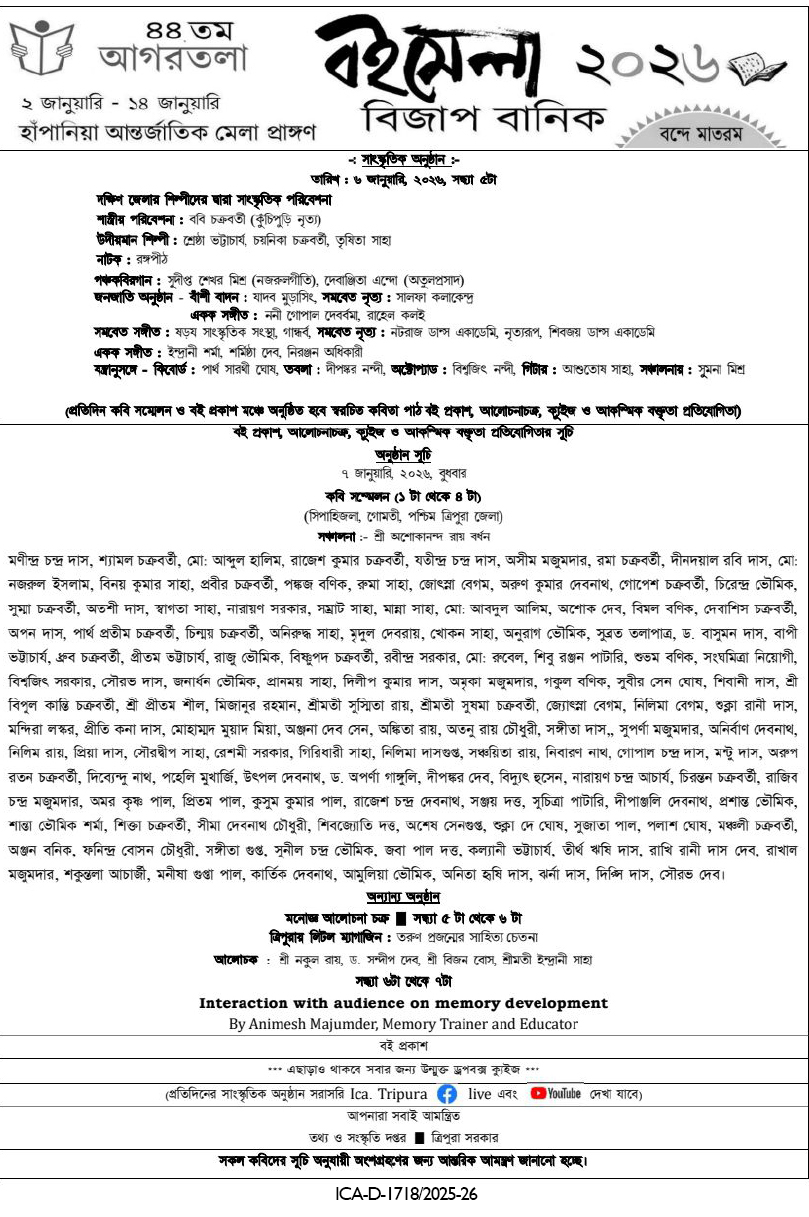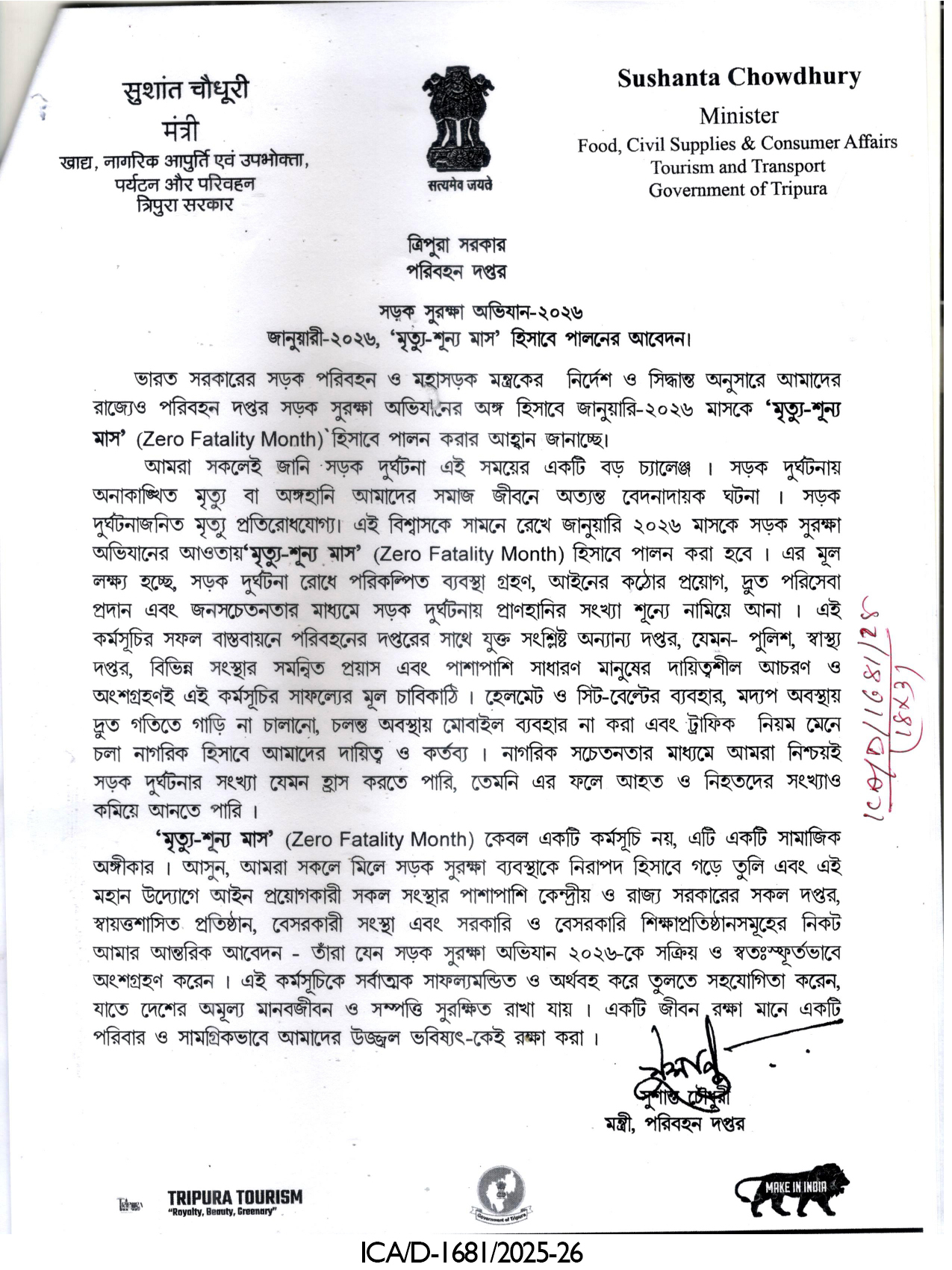The Ministry of Home Affairs (MHA) has constituted Inter-Ministerial Central Teams to assess flood and landslide damage in Himachal Pradesh, Uttarakhand, Punjab, and Jammu & Kashmir. Led by senior officials, the teams will evaluate relief efforts as the Centre releases over Rs 16,000 crore for disaster relief and mitigation in 2025-26.
In a swift response to the devastation caused by extreme monsoon events across northern India, the Ministry of Home Affairs (MHA) has constituted Inter-Ministerial Central Teams (IMCTs) for the states of Himachal Pradesh, Uttarakhand, Punjab, and the union territory of Jammu and Kashmir. These teams have been tasked with assessing the damage resulting from heavy rainfall, flash floods, cloudbursts, and landslides, which have disrupted lives and livelihoods in recent weeks.
According to an official statement issued on Sunday, the IMCTs were constituted under the directions of Union Home Minister Amit Shah. The central teams will conduct on-the-spot assessments of the situation, including the damage to infrastructure, agricultural losses, and the relief measures already undertaken by the respective state governments.
The MHA statement emphasized that the initiative reflects the Centre’s unwavering support for disaster-hit states. “Under the leadership of Prime Minister Narendra Modi, the Central government stands shoulder to shoulder with the states affected by natural calamities in mitigating the hardship faced by the people,” the statement read.
Teams to Visit Affected Regions
The IMCTs are scheduled to visit early next week the worst-hit districts of Himachal Pradesh, Uttarakhand, Punjab, and Jammu and Kashmir. These areas have experienced exceptionally heavy rainfall and recurring incidents of flash floods, cloudbursts, and landslides during the ongoing monsoon season. An IMCT and a multi-sectoral team have already visited Himachal Pradesh, which continues to grapple with widespread damage to roads, bridges, and villages.
Each Central Team will be led by a senior officer at the level of Joint Secretary in the MHA or the National Disaster Management Authority (NDMA). The teams will also include senior officials drawn from key ministries and departments such as Expenditure, Agriculture and Farmers Welfare, Jal Shakti, Power, Road Transport and Highways, and Rural Development. This multi-sectoral composition ensures a holistic evaluation of both immediate and long-term recovery needs.
Strong Coordination with States
The MHA highlighted that it has been in constant coordination with senior officers of the affected states and union territory. To assist them, the Centre has extended all necessary logistical support, including the deployment of the National Disaster Response Force (NDRF), the Indian Army, and the Indian Air Force helicopters. These agencies have been actively engaged in search and rescue operations, evacuation of stranded people, and restoration of essential services such as power, water supply, and road connectivity.
The Union Home Minister’s directive in August 2019 mandated the immediate constitution of IMCTs in the aftermath of severe natural disasters. Unlike earlier procedures that required states to first submit detailed memoranda of damages, the current approach enables real-time assessment by central teams. This ensures quicker decision-making and faster release of funds from the National Disaster Response Fund (NDRF).
Financial Assistance for Relief and Mitigation
As per the established procedure, once the IMCTs complete their assessments, the Centre provides additional financial assistance to the states from the NDRF. The statement noted that during the ongoing financial year 2025-26, the central government has already released significant resources to support disaster-hit states.
These allocations include:
Rs 10,498.80 crore released to 24 states under the State Disaster Response Fund (SDRF) for immediate relief efforts.
Rs 1,988.91 crore disbursed from the NDRF to 12 states for additional assistance.
Rs 3,274.90 crore provided from the State Disaster Mitigation Fund (SDMF) to 20 states for risk reduction and resilience-building measures.
Rs 372.09 crore allocated from the National Disaster Mitigation Fund (NDMF) to nine states for long-term disaster preparedness.
This multi-layered financial assistance framework reflects the Centre’s commitment not only to immediate relief but also to strengthening long-term disaster mitigation capacities in vulnerable regions.
A Proactive Approach to Disaster Management
The repeated episodes of extreme rainfall, floods, and landslides this monsoon have once again highlighted India’s growing vulnerability to climate-related disasters. By mobilizing IMCTs without delay and ensuring the rapid deployment of relief agencies, the government aims to minimize the suffering of affected communities and accelerate recovery efforts.
| Also Read: Gandhi to Ambedkar March: Voter Adhikar Yatra Culminates |
The constitution of IMCTs for Himachal Pradesh, Uttarakhand, Punjab, and Jammu and Kashmir underscores the Centre’s resolve to provide comprehensive support. With strong inter-ministerial collaboration, real-time assessments, and timely financial aid, the Union government seeks to reinforce disaster management mechanisms while standing in solidarity with affected states.







